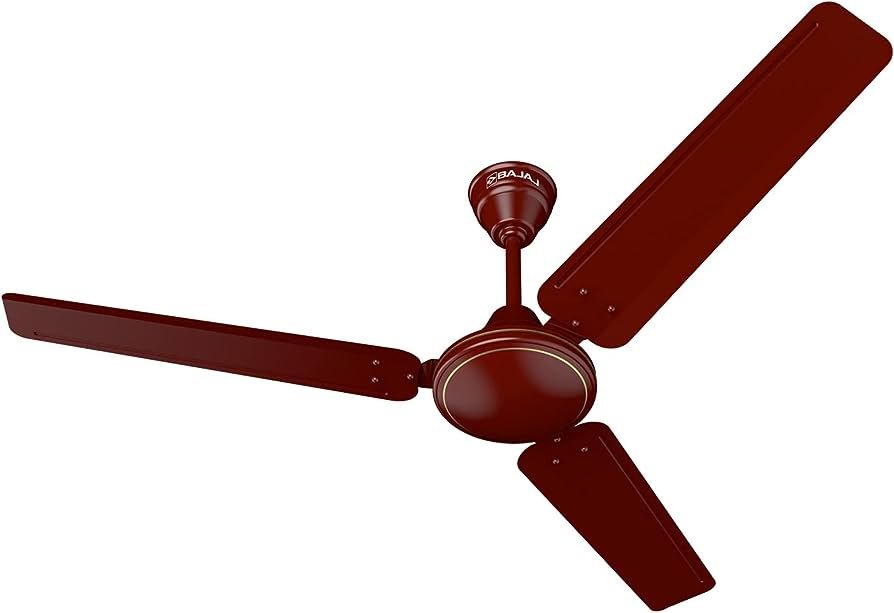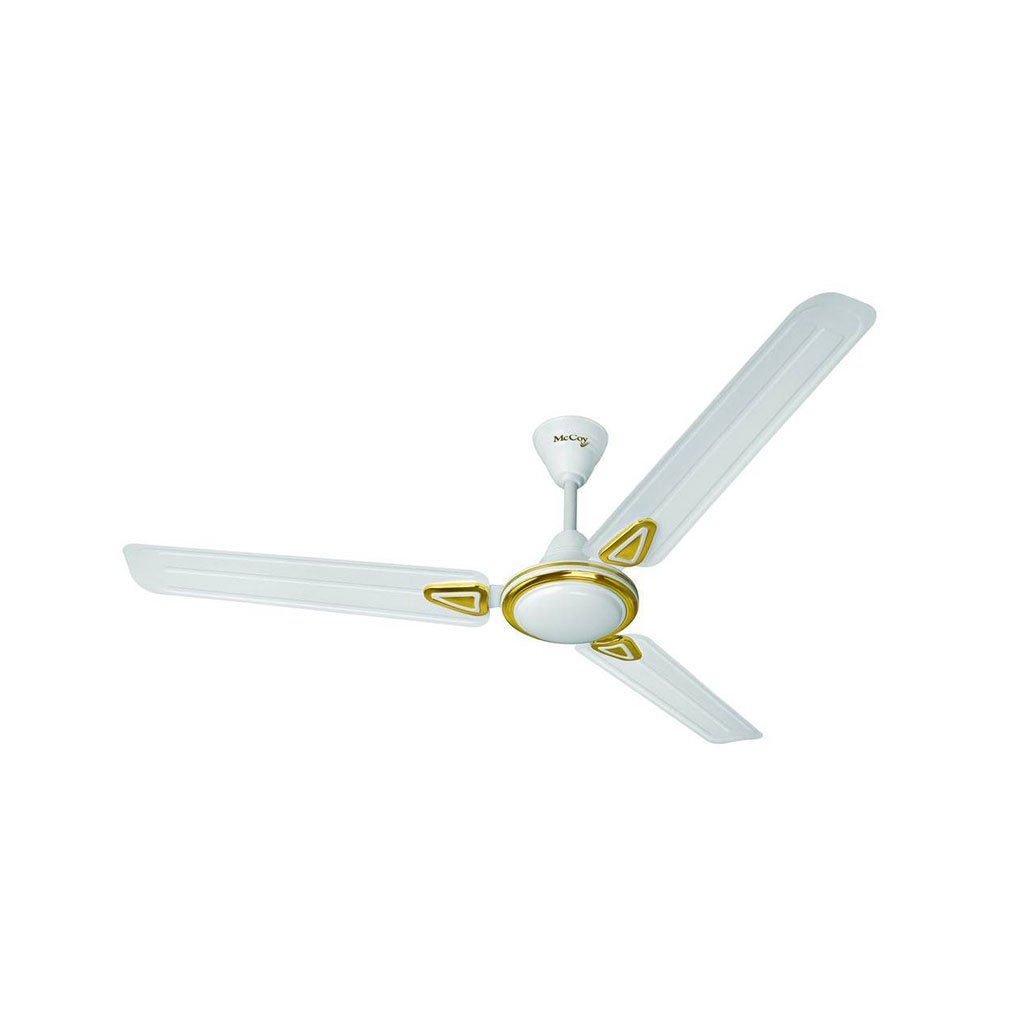Introduction
Fans are one of the unsung heroes of home comfort, quietly circulating air to keep us cool and cozy year-round. From traditional ceiling fans to modern tower fans, these versatile appliances come in various styles and configurations, offering efficient and cost-effective solutions for maintaining optimal indoor conditions. In this comprehensive guide, we’ll explore everything you need to know about fans, from types and features to installation tips and energy-saving strategies, empowering you to make informed decisions that enhance comfort, efficiency, and style in your home.
Understanding Fans
Fans are mechanical devices designed to create airflow by rotating blades or impellers, helping to circulate air and regulate temperature within a space. They come in different sizes, shapes, and configurations, each serving specific purposes and catering to different preferences and needs. Whether you’re looking to cool down a stuffy room, improve air circulation, or enhance energy efficiency, there’s a fan to suit every application and budget.

Types of Fans
- Ceiling Fans: Ceiling fans are fixtures mounted on the ceiling, typically featuring blades that rotate in a circular motion to create airflow. These fans come in various sizes and styles, from traditional designs with ornate blades to modern models with sleek, minimalist aesthetics. Ceiling fans are ideal for cooling large rooms or outdoor spaces, providing efficient air circulation and energy savings when used in conjunction with air conditioning or heating systems.
- Floor Fans: Floor fans are portable fans designed to sit on the floor or other flat surfaces, providing targeted airflow where needed. These fans come in different sizes and configurations, including pedestal fans, box fans, and drum fans, each offering specific benefits in terms of power, coverage, and versatility. Floor fans are perfect for cooling small to medium-sized spaces, such as bedrooms, living rooms, or home offices, and can be easily moved to different locations as needed.
- Tower Fans: Tower fans are tall, slender fans that feature a vertical design with oscillating blades or impellers enclosed within a compact housing. These fans are space-saving and stylish, making them popular choices for modern interiors. Tower fans offer quiet operation and widespread air distribution, making them ideal for bedrooms, living rooms, or offices where noise levels and aesthetics are a concern.
- Wall-Mounted Fans: Wall-mounted fans are fans that are installed directly onto walls, providing efficient airflow without taking up floor or table space. These fans come in various sizes and styles, including oscillating and directional models, allowing for customized airflow patterns and coverage. Wall-mounted fans are ideal for kitchens, bathrooms, or workshops where space is limited, and ventilation is essential.
- Extractor Fans: Extractor fans are fans that are installed in ceilings, walls, or windows to remove stale air and moisture from indoor spaces. These fans are commonly used in bathrooms, kitchens, and utility rooms to prevent condensation, mold, and odors, improving indoor air quality and comfort. Extractor fans may feature built-in sensors, timers, or humidity controls for automatic operation and energy efficiency.

Factors to Consider When Choosing a Fan
- Size and Coverage: Consider the size of the room or area you intend to cool or ventilate when choosing a fan. Larger rooms may require more powerful fans with wider coverage, while smaller spaces may benefit from smaller, more compact fans.
- Noise Level: Pay attention to the noise level of the fan, especially if you plan to use it in quiet spaces such as bedrooms or offices. Look for fans with quiet operation features, such as brushless motors or aerodynamic blades, to minimize noise disruption.
- Energy Efficiency: Choose fans with energy-efficient features such as adjustable speeds, programmable timers, and ENERGY STAR certification. Energy-efficient fans can help reduce electricity consumption and lower utility bills while minimizing environmental impact.
- Style and Design: Consider the aesthetic appeal of the fan and how it complements your home decor. Whether you prefer classic elegance, modern minimalism, or industrial chic, select a fan that enhances the style and ambiance of your space.
- Installation and Maintenance: Evaluate the ease of installation and maintenance requirements of the fan, including mounting options, cleaning accessibility, and warranty coverage. Choose fans that are easy to install and maintain to ensure optimal performance and longevity.

Installation and Maintenance Tips
- Follow manufacturer instructions carefully when installing the fan to ensure proper assembly and mounting.
- Clean the fan regularly to remove dust, dirt, and debris that can accumulate on blades and housing, using a soft brush or damp cloth.
- Check and tighten screws, bolts, and other hardware periodically to ensure the fan remains stable and secure.
- Lubricate moving parts as needed to prevent friction and prolong the life of the fan’s motor and bearings.

Conclusion
Fans are versatile appliances that offer efficient and cost-effective solutions for enhancing comfort, efficiency, and style in your home. Whether you opt for a ceiling fan to cool down a room, a tower fan to add a modern touch to your decor, or a wall-mounted extractor fan to improve ventilation, choosing the right fan can make a significant difference in your indoor environment. By considering factors such as size, noise level, energy efficiency, and design, you can select a fan that meets your specific needs and preferences while complementing your home’s aesthetic. Say goodbye to stuffy rooms and hello to cool, comfortable living with the perfect fan for your space.